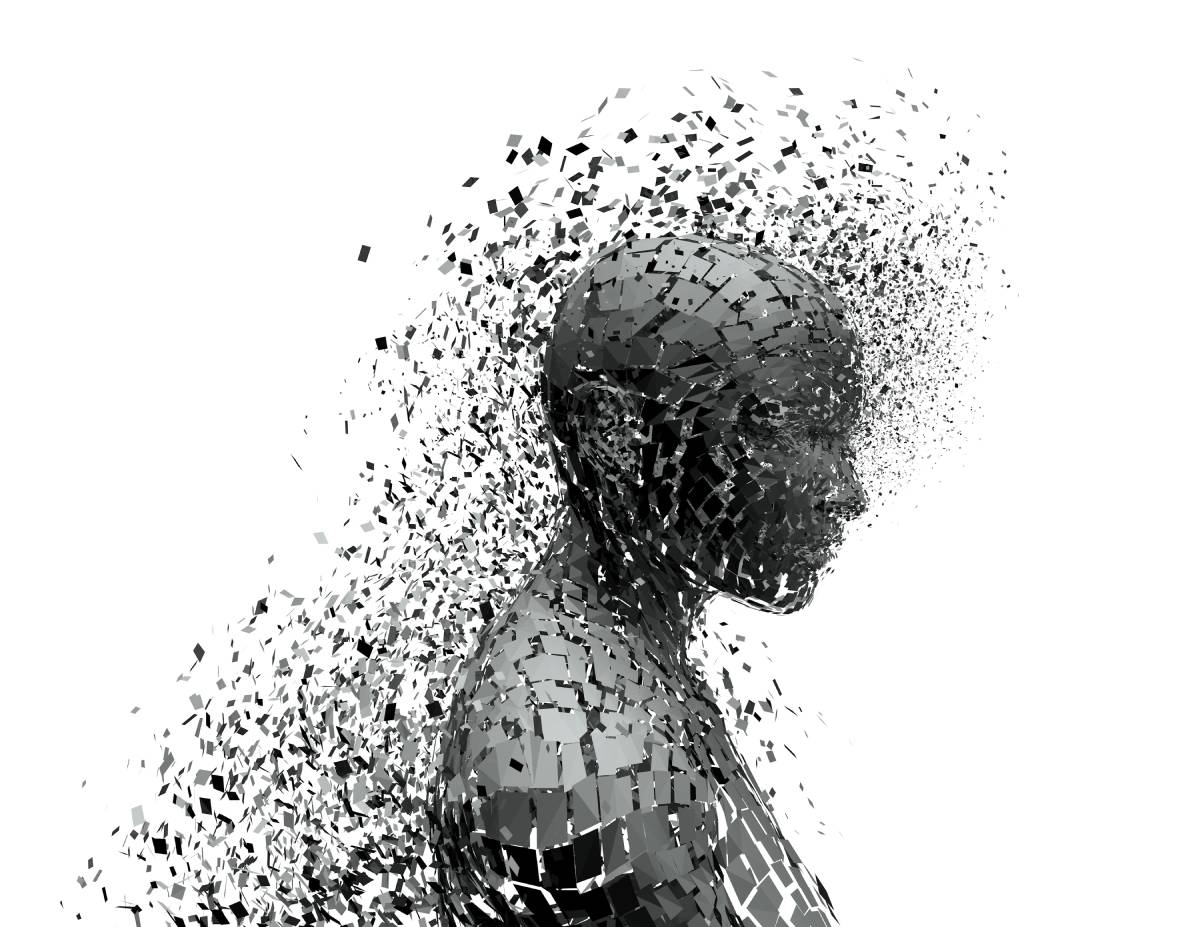The definition of pain holds a complicated history. Prior to the 1960s, pain was considered an acute symptom associated with physical damage that could be relieved with medication (1). However, as the understanding of the human body improved, the definition of pain coevolved to include the psychological element alongside the physical manifestation, resulting in the idea that pain is more than a symptom of physical damage (1). Biological discoveries in the 1990s caused the perception of pain to shift and become defined as an individualized experience that requires a holistic treatment approach rather than a universal sensation with a singular pharmacological solution (1). While this idea remains popular in the contemporary medical field, applying this understanding to the clinical setting can be challenging. In addition, our understanding and definition of pain is continuously evolving in response to research.
To create a standardized guide for assessing pain, pain management physicians and researchers created the International Association for the Study of Pain (IASP) in 1975 (2). In 1979, the organization developed a definition of pain: “An unpleasant sensory and emotional experience associated with actual or potential tissue damage, or described in terms of such damage,” along with a footnote that recognized the subjectivity of pain and the existence of pain in the “absence of tissue damage or any likely pathophysiological cause” (3). Initially, clinicians and researchers around the world accepted this definition and incorporated it into their practice, but criticism of its semantics emerged in recent years (3). For example, some researchers have denounced the definition’s necessity for a patient’s verbal description, as many patients — especially infants and the elderly — cannot articulate their own pain or instead offer non-verbal cues (4). Additionally, others have suggested that the definition of pain should be centered on the associated cognitive and social sensations (5). In addition to specific criticisms, the definition has also received general backlash for its imprecise and outdated language (3).
In response to this recent criticism, the IASP created a task force to re-evaluate its definition in 2018 (3). Composed of fourteen pain researchers from around the world, the task force surveyed clinicians, requested public feedback, and interviewed ethicists, philosophers, and a linguist (3). After two years of debate, in 2020, the IASP Council approved the newest iteration of the evolving definition of pain: “An unpleasant sensory and emotional experience associated with, or resembling that associated with, actual or potential tissue damage,” with footnotes stating that pain is a “personal experience” that can be influence by social factors and that the physical, neuronal recognition of pain can differ from its perception (3). In contrast to the original, the new definition does not focus on the verbalized description of pain, acknowledging earlier criticisms and rendering the definition applicable to non-verbal patients. Furthermore, the new definition appreciates that pain does not necessarily indicate tissue damage (3, 6). Despite incorporating these suggested elements, the new definition has received criticism for its omission of the recognition of the social component of pain in the definition itself and unclear language.
While controversial, the evolving definition of pain has positive implications in the clinical setting. Though the definition has been criticized for vague phrasing, this lack of clarity may be an advantage, as the definition must be translated into a myriad of different languages and the definition can be applied to both chronic and acute pain (3). Additionally, unlike the pre-modern understanding of pain, this definition encompasses the emotional components of pain alongside the physical sensation. Therefore, although it is not perfect, the new definition of pain may cause positive trends in the assessment of pain and the standardization of pain evaluation around the globe (5).
References
1: Meldrum, M. (2003). A capsule history of pain management. JAMA 290(18): 2470-2465. DOI: 10.1001/jama.290.18.2470.
2: Cohen, M., Quintner, J. and van Rysewykc, S. (2018). Reconsidering the International Association for the Study of Pain definition of pain. PAIN Reports 3(2): e634. DOI: 10.1097/PR9.0000000000000634.
3: Srinivasa, R., Carr, D., Cohen, M., Finnerup, N., Flor, H., Gibson, S., Keefe, S., Mogil, J., Ringkamp, M., Sluka, K., Song, X., Stevens, B., Sullivan, M., Tutelman, P., Ushida, Y. and Vader, K. (2020). The revised International Association for the Study of Pain definition of pain: concepts, challenges and compromises. (2020). PAIN, 161(9):1976-1982. DOI: 10.1097/j.pain.0000000000001939.
4: Ayede, M. (2019). Does the IASP definition of pain need updating? PAIN Reports 4(5):e77. DOI: 10.1097/PR9.0000000000000777.
5: Williams, A. and Craig, K. (2016). Updating the definition of pain. PAIN 157(11):2420-2423. DOI: 10.1097/j.pain.0000000000000613.
